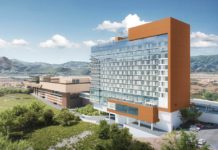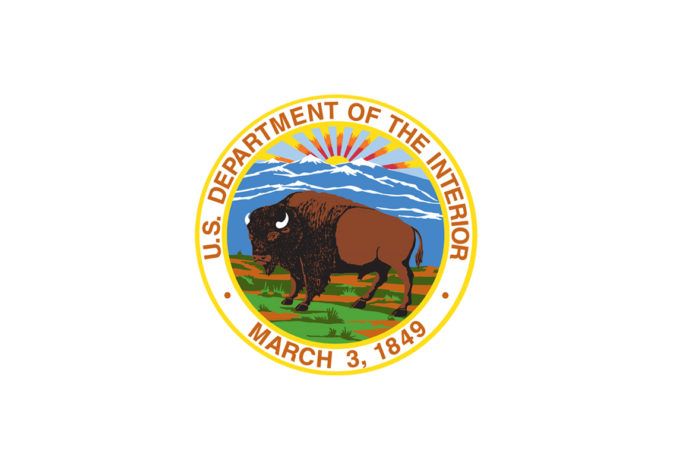GLASGOW – Secretary of the Interior Deb Haaland and Department leaders spent their last day of the 26th United Nations Climate Change Conference of the Parties (COP26) highlighting Indigenous-led and nature-based solutions to address the dual crises of climate change and impacts to biodiversity.
Secretary Haaland and Administrator of the United States Agency for International Development (USAID) Samantha Power hosted the “Saving Nature to Save Ourselves” panel to underscore the urgency of U.S. domestic and international nature-based efforts to address climate change and conserve biodiversity, as well as the importance of using Indigenous knowledge for conservation efforts.
“We need every person and every tool to address the twin challenges of the climate and biodiversity crises. And when we ensure that Indigenous people are at the table and part of the conversation, we all win,” said Secretary Haaland. “If we are going to be successful in tackling climate change and addressing the biodiversity crisis, we have to empower the original stewards of the land.”
The panel discussion highlighted how the climate crisis is hastening an extinction crisis that threatens the biodiversity of our planet and the health of the natural systems that supply our food, water, and other resources. Secretary Haaland and Administrator Power were also joined by Assistant Secretary for Fish and Wildlife and Parks Shannon Estenoz, Principal Deputy Assistant Secretary for Policy, Management and Budget Rachael Taylor, and USAID Agency Climate Change Coordinator and Deputy Assistant Administrator Gillian Caldwell.
Internationally, the U.S. is partnering with several countries to reduce emissions, sustainably develop economies, and increase climate resilience. As part of this work, the U.S. emphasizes equitable and inclusive partnerships with Indigenous communities, particularly to address the unique burden imposed by climate impacts on the lives of women and children as well as the integration of traditional knowledge in nature-based approaches to climate change.
The Department of the Interior is working with U.S. Indigenous communities from the Pacific to the Caribbean, and the lower 48 states to Alaska and Hawaii, on community-led climate adaptation and resilience, as well as relocation assistance.
The panel and additional field visits reinforced the timely and urgent need for the Biden-Harris administration’s America the Beautiful initiative, a locally led and voluntary, nationwide effort to conserve, connect, and restore 30 percent of our lands and waters by 2030.
“President Biden’s America the Beautiful initiative is a bold call to action to conserve and restore America’s lands and waters for the benefit of all people,” said Secretary Haaland. “It is a visionary effort that is inclusive, collaborative, builds upon our important relationships with Indigenous peoples and can serve as a model to other nations to unify diverse communities to help confront the climate crisis.”
The secretary and department leaders toured Loch Lomond and the Trossachs National Park, one of two national parks established by the Scottish Parliament in 2002. They met with Michael Matheson, Scottish Cabinet Secretary for Net Zero, Energy and Transport, as well as a representative from the U.K. National Park Youth Committee. They discussed the important role that public lands, national parks and other conserved areas play in addressing the climate crisis, mitigating biodiversity loss, and educating the public about the issue.
The visit came the day after Interior officials joined land managers from around the globe to endorse a Protected and Conserved Areas Joint Statement on Climate Change and Biodiversity Crisis. The statement commits the parties to champion the role of protected and conserved areas in addressing the dual crises of climate change and biodiversity loss, collaborate and exchange knowledge; leverage and build connections with the public and visitors to inspire behavioral change; support the global movement for deploying nature-based solutions at scale; and inspire and enable those working outside Protected and Conserved Areas by linking with initiatives outside our boundaries and sharing our experiences.















































